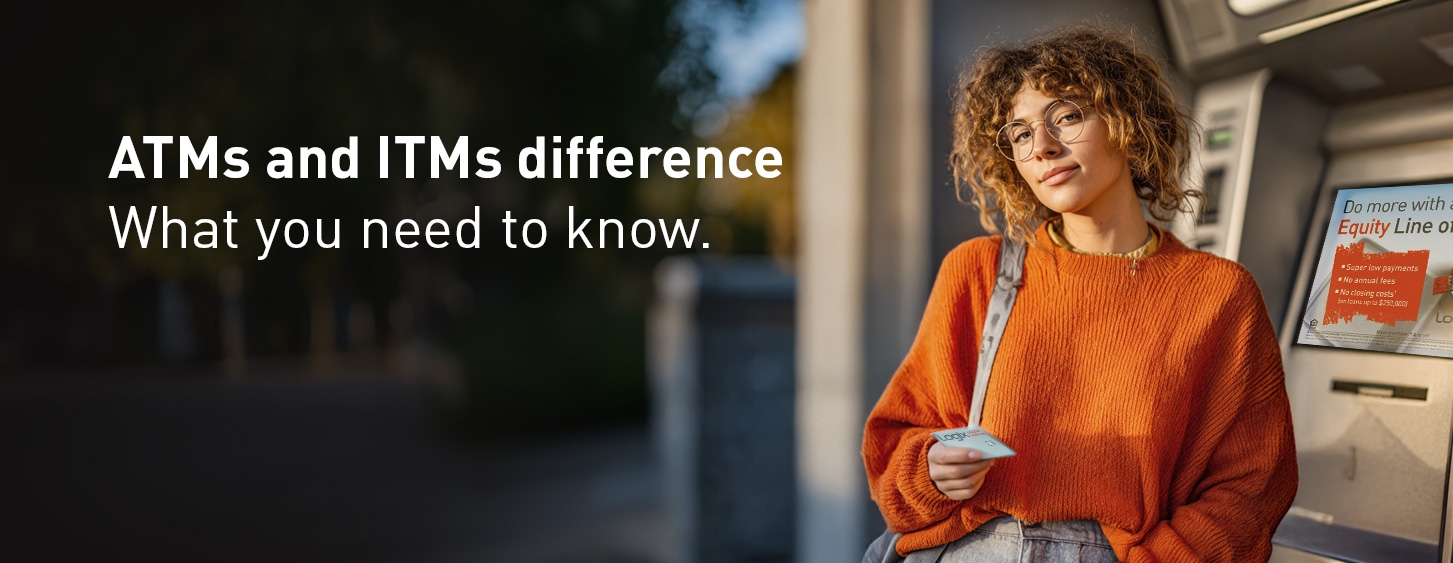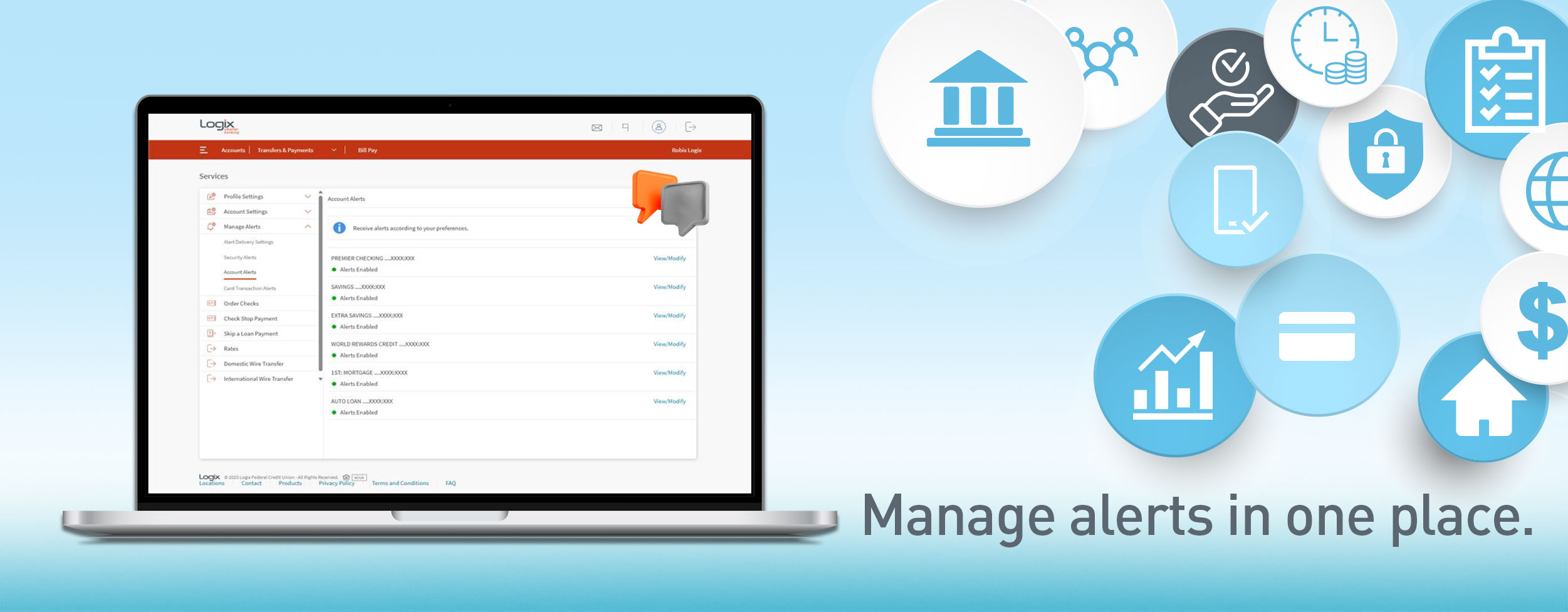
Identity theft occurs when someone steals your personal information and uses it fraudulently for their own financial gain. In a world where our digital footprints leave traces of our lives everywhere, understanding the mechanisms behind identity theft is paramount. By staying informed and adopting vigilant habits, we can navigate the digital landscape with confidence, ensuring that our identities remain securely our own.
Recognizing Common Theft Tactics
While the tactics differ and become more sophisticated with each passing year, some common ID theft tactics include:- Dumpster diving: Be wary of discarding bills or other paper documents with your personal information, as these are opportunities for people to rummage through to obtain personal data.
- Skimming: Online thieves steal credit/debit card numbers by using a special storage device when processing your card.
- Phishing: Phishing emails often mimic legitimate communication from trusted sources, such as financial institutions, luring individuals into providing sensitive information. These emails may contain fake links or prompt users to enter personal details on fraudulent websites.
- Changing your address: Another tactic is for fraudsters to divert your billing statements to another location by completing a change of address form.
- Social Engineering: Prevalent on social media, fraudsters use psychological manipulation to exploit trust and gather confidential information. Techniques like impersonation, pretexting, and baiting are employed to deceive individuals into revealing sensitive details.
- Malware and Ransomware: Malicious software can be used to infect computers and mobile devices, allowing cybercriminals to access personal information. Ransomware may lock users out of their systems until a ransom is paid, posing a double threat to both data and finances.
- Data Breaches: Large-scale breaches occur when hackers gain unauthorized access to databases containing vast amounts of personal information. This stolen data can then be used for various identity theft purposes, putting individuals at risk.
- Man-in-the-Middle Attacks: In these attacks, cybercriminals intercept communication between two parties, gaining access to sensitive information such as login credentials or financial details. This can occur in public Wi-Fi networks or compromised online connections.
- Account Takeovers: Criminals may gain access to an individual’s online accounts by exploiting weak passwords or using stolen login credentials. Once inside, they can impersonate the account owner and potentially conduct fraudulent activities.
- Credential Stuffing: Cybercriminals use previously leaked usernames and passwords from one platform to gain unauthorized access to other accounts where individuals have reused the same credentials. This tactic capitalizes on the common practice of using identical login information across multiple sites.
- Pre-texting: They use false pretenses to obtain your personal information from financial institutions, telephone companies, and other sources.
Implications of Identity Theft
Upon the compromise of your personal information, perpetrators of identity theft exploit it in various ways:
- Credit Card Fraud – They could potentially open fraudulent credit card accounts under your name. As they make purchases without paying the bills, these unpaid accounts will reflect negatively on your credit report. By altering the billing address on your credit card, they can evade detection while accumulating charges on your account. With bills being redirected to a different location, it may take some time before you become aware of the unauthorized activity.
- Phone/Utilities Fraud – They could potentially open a new phone or wireless account under your name, accumulating charges on an existing account. Additionally, they may exploit your identity to obtain essential utility services such as electricity, heating, or cable TV.
- Bank/Finance Fraud – They could potentially secure a loan under your name, forge checks with your account details, or even replicate your ATM or debit card to conduct electronic withdrawals in your name, depleting your financial resources.
- Government Documents Fraud – They might obtain a driver’s license or official ID card bearing your name, but their own picture. Utilizing your name and Social Security number, they could fraudulently access government benefits. Additionally, they may attempt to file a fake tax return using your personal details.
- Other Fraud – They could potentially secure employment under your Social Security number, rent a property, or access medical services using your identity. In a concerning scenario, they might even provide your personal details to law enforcement during an arrest, leading to a warrant being issued in your name if they fail to appear in court.
Taking Action for Financial Safety
- To prioritize your safety and protect your personal information, start by using reputable and secure online marketplaces and well-known retailers’ websites.
- Always ensure that the website’s URL begins with “https://” to guarantee a secure connection.
- Employ reliable antivirus and anti-malware software to shield your device from potential threats.
- When making payments, opt for secure methods like credit cards or trusted online payment services, avoiding direct bank transfers.
- Consider using virtual credit cards for an added layer of protection and enable two-factor authentication whenever possible to fortify your account security.
- Verifying the legitimacy of emails and refrain from clicking on suspicious links to mitigate the risk of falling victim to phishing attempts.
- Regularly monitor bank statements, review credit reports, and online accounts for any suspicious activity.
As a trusted national nonprofit, GreenPath Financial Wellness understands the importance of keeping your finances in top shape – and that kicks off with financial safety, especially in the world of digital transactions. By adopting these proactive measures and staying informed about identity theft tactics, you can safeguard your financial well-being and navigate the digital landscape with confidence.
-----------------------------------------
*Logix has partnered with GreenPath Financial Wellness to give members access to additional financial wellness content, including this blog article. Views and opinions expressed in the financial wellness content are those of GreenPath and may not always represent the views and opinions of Logix Federal Credit Union. Logix Federal Credit Union is not affiliated with GreenPath, and is a separate entity.
Please contact Logix at (800) 328-5328 or visit www.lfcu.com if you have any questions about this topic or would like to consider opening an account.
Logix is Federally Insured by NCUA and is an Equal Housing Lender.




%20(952%20x%20317%20px)-2.png)






